Acne
ACNE is a common disorder. Approximately 30-85% of teenagers are estimated to have acne at some point in their lives. Acne affects males and females, generally occurs earlier in females and is usually more severe in males. Teens with acne are very vulnerable to negative thoughts that impact self-esteem and identity. These feelings contribute to general insecurity and feelings of inferiority. Studies have found that “adequate therapy for acne improves quality of life for patients as their acne improves.”
Patient compliance is a significant problem with treating acne. Patients often have too high of expectations for therapy and expect their acne to resolve instantly. There are multiple treatment options available. Your healthcare provider will choose the best combination of treatments to clear your acne and provide a maintenance plan to help keep it under control.
As you begin treatment, keep in mind acne improvement takes 2-3 months!! BE PATIENT AND CONSISTENT. Stick with your treatment plan provided by your healthcare provider and you will see results.
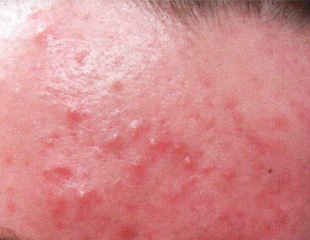
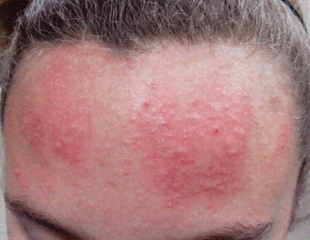
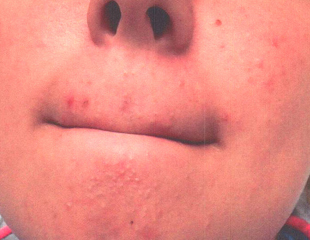
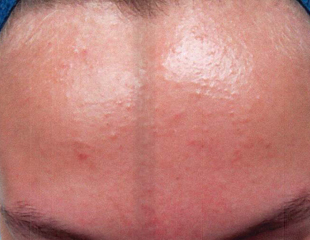
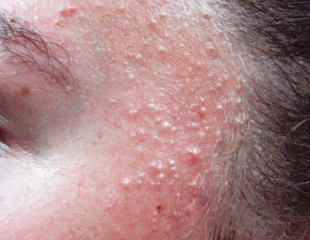
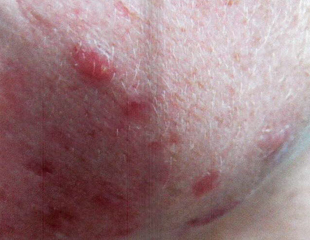
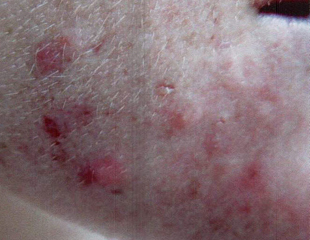
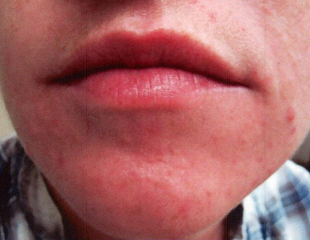
myths
Dirt or poor hygiene – Dirt does not cause acne. Many believe plain soap & water will cure acne because it is caused by being dirty. Contrarily, excessive washing of the skin can lead to dryness, irritation and rebound oiliness.
Sun exposure and tanning – Certain wavelengths of light may improve acne short-term; but will not improve the overall outcome. Excessive exposure to sunlight causes premature aging due to collagen destruction and leads to skin cancers. If sunlight improves your complexion, get moderate amounts of it. Don’t sunburn or “bake” for hours. Don’t bother with sun lamps, since they can’t duplicate natural sunlight.
Makeup – Most cosmetics are water-based and noncomedogenic. We recommend foundation with silicone derivative to smooth any dry scale. Green tint undercover primers will offset red color of acne and superficial scarring.
Chocolate, candy, ice cream, greasy or fatty foods, and caffeine – Studies do not support this theory. It takes 3 weeks for a blemish to form!
